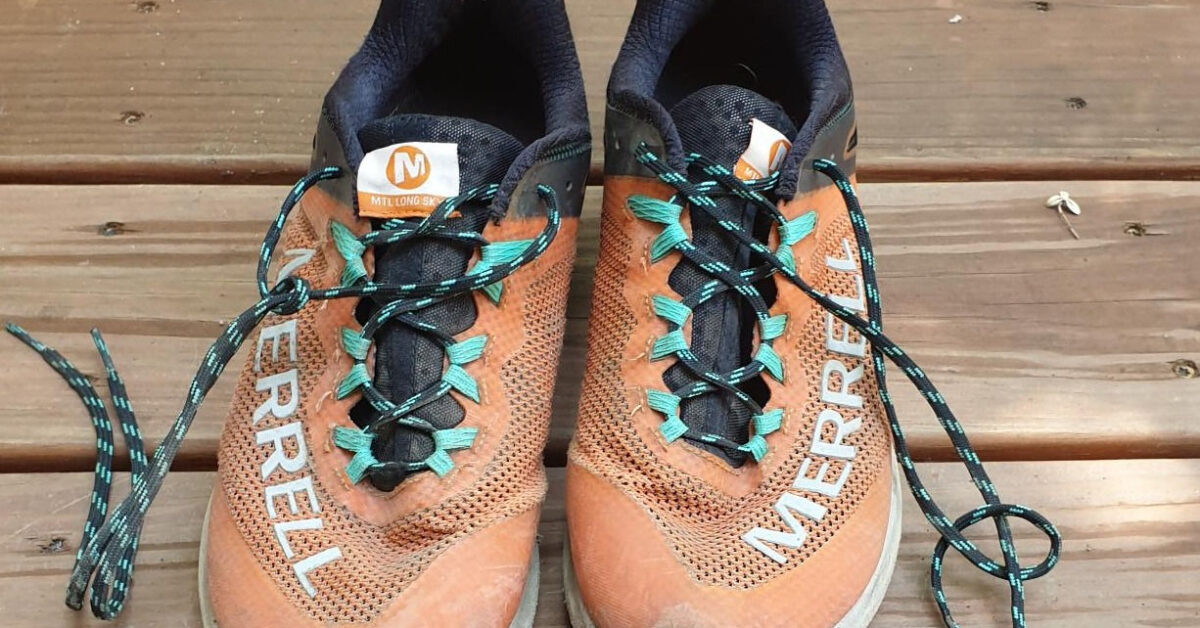
This blog is not sponsored by any manufacturer of the foot wear that am about to talk about. That said I am going to talk about the various types of shoes and boots that enable travel in the mountains.
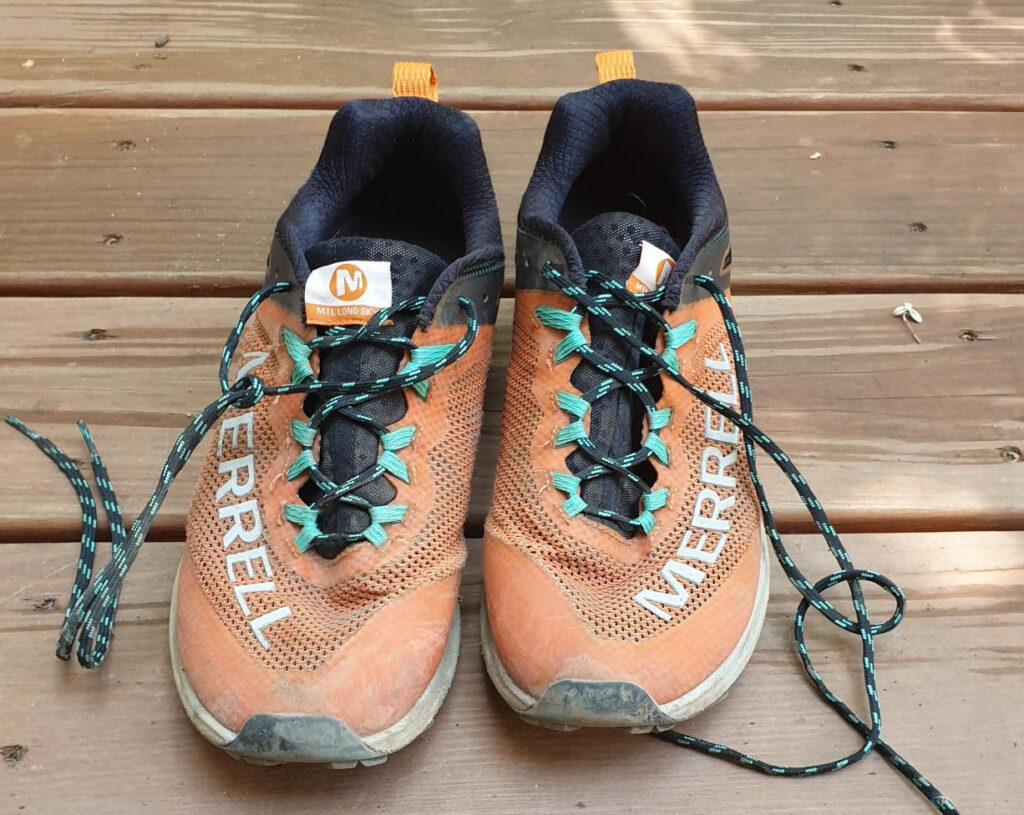
Trail Running shoes
Perhaps the most versatile shoes on this list running shoes are some of my favorite shoes to wear in the mountains because of the wide range of tasks they preform. Trail shoes are like if sneakers had a extreme off road cousin. They have aggressive tread on the bottom, a loose floppy soul and are very breathable. They are designed to run and cover long distances at the fastest pace that the user can stand. Yet there are a few down sides to this shoe choice. First they are not good when the user is carrying weight due to the lack of ankle support. Second, Running shoes get wet when the rocks are damp, all of the breathability that makes them great to run in, stream, snow, and swamp crossings are difficult to do with dry feet. While this is a down side for me friends of mine just walk through the stream get wet and let the shoe do its thing and dry. Lastly and most importantly they are terrible to climb in, the soft soul and tread in the rubber makes the grip of these shoes horrendous when climbing, there is no way to edge the toe of the shoe and it is clear that they are not designed for that task. But over all I have spent more time in my running shoes than most of the other shoes that I own.
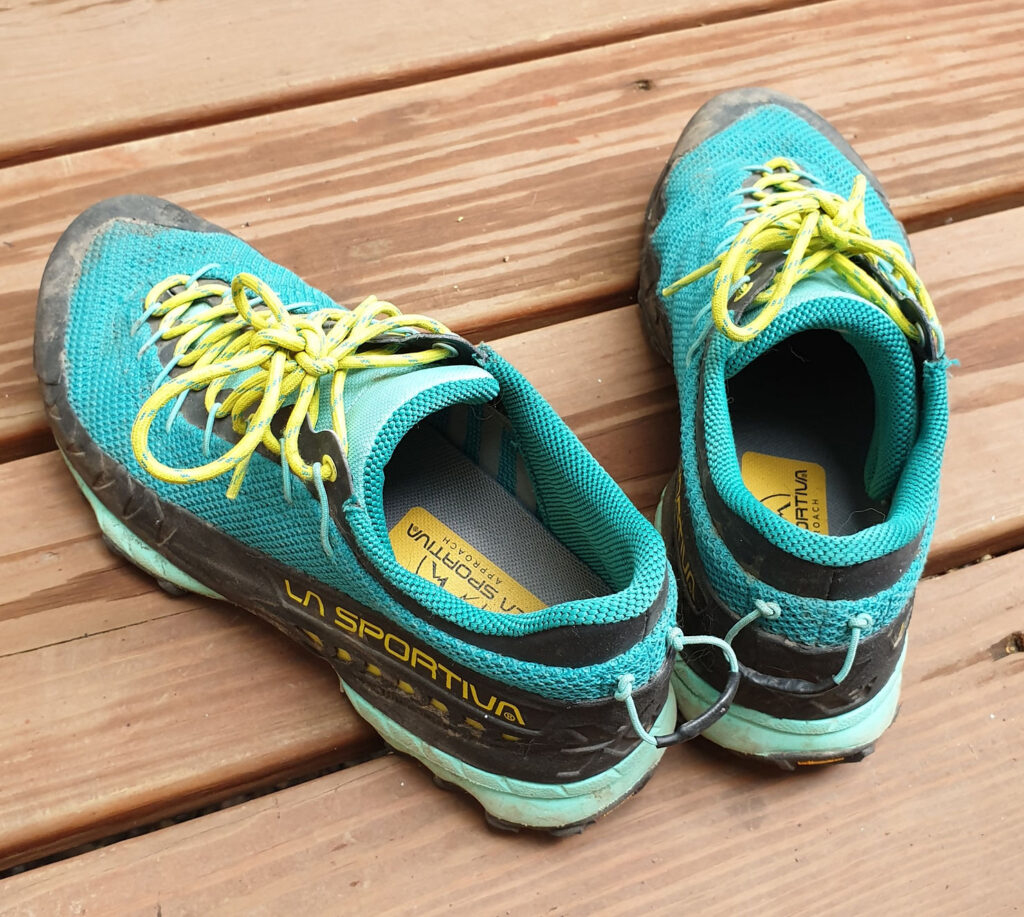
Approach Shoes
Having noticed the demand for a shoe that walks like a running shoe but can still climb so some smart people created the approach shoe. These are shoes that have a similar profile to running shoes with a wide flat sole, exposed ankle and breathable fabrics. Yet also have a stiff sole with a plate under the big toe and sticky rubber. These hybrid shoes are great for approaching climbs, and scaling simple pitches with bigger holds and rock hopping. The biggest problem with approach shoes is the simple fact that they are hybrids. This means that they are too big, bulky and floppy to be great climbing shoes and are not great running shoes as the lack of tread and stiff plate. But for a 3 mile approach to a ridge they are the tool for the job.
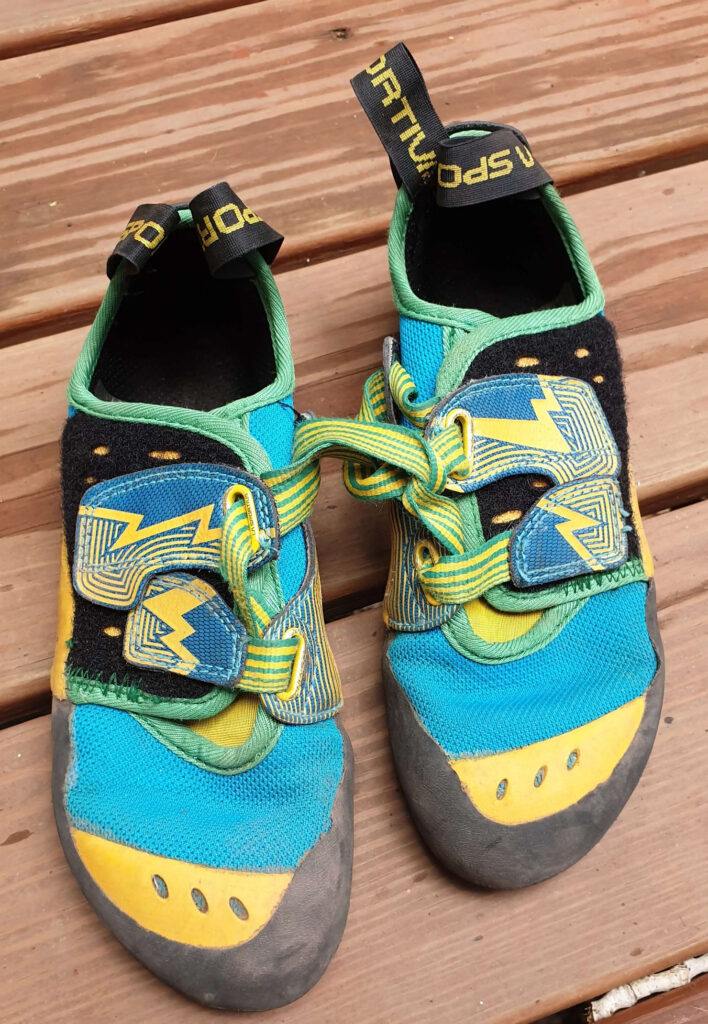
Climbing Shoes
Most of the types of shoes that I have talked about are designed to be versatile so they can handle multiple parts of your day with one set of shoes. Climbing shoes on the other hand are only designed to do one task and do that task well. To do this they are a very tight shoe that could be described as a glorified slipper. They are made out of a special super sticky rubber compound which can stick to rock, they have a plate that is under the toe of the shoe which allows the user to stand in a small crack while using more than one toe to hold the climbers weight. Climbing shoes are the type of shoe that is used to climb up steep difficult pitches but are not great for much else. The soft rubber will degrade quickly if it is walked on for too long, but the bigger problem is the shape of the shoe as it has a pointed toe making them very difficult to walk in. Climbing shoes are very good at one thing and one thing only, yet if you want to climb they are a must.
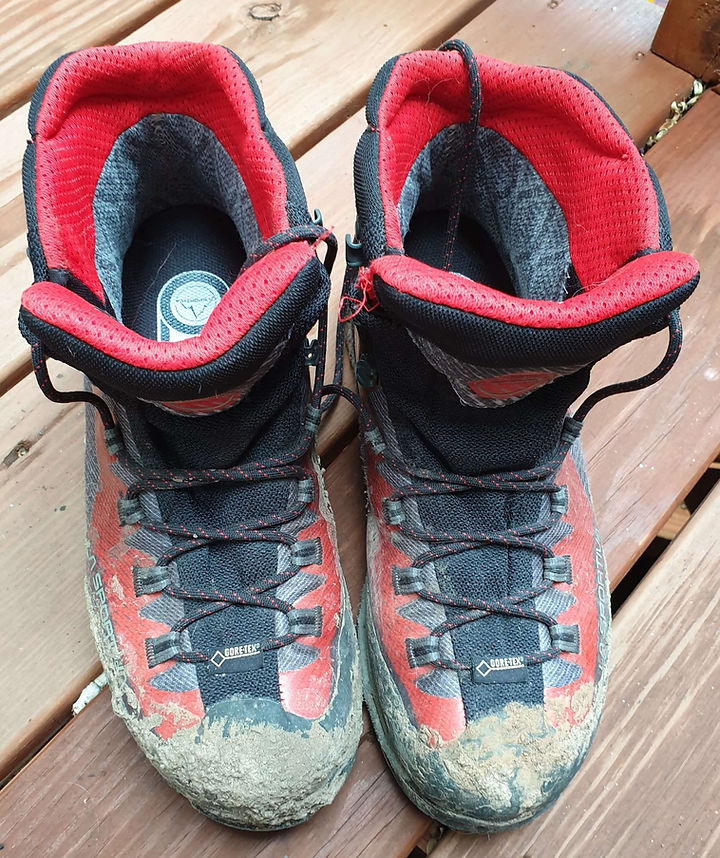
Three Season Mountaineering Boots
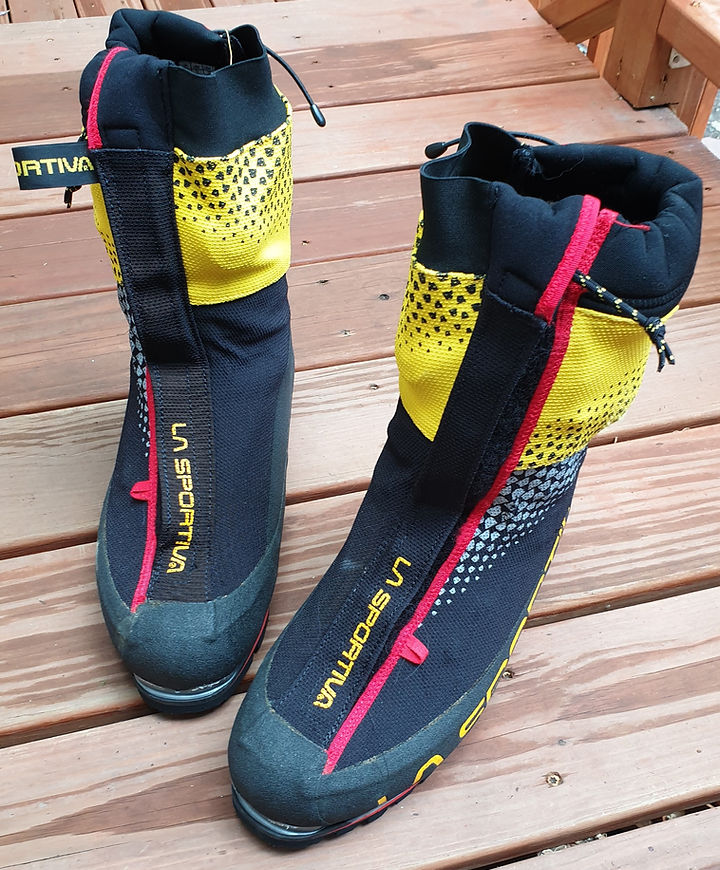
Winter Mountaineering Boots
All of the aforementioned shoes are great for summer when the ground is dry and you are walking over rock, but when the weather changes there is another kind of shoes that you can spend money on, these are mountaineering boots. While mountaineering boots come in several different styles all of them have some similarities. First off they will be a boot, this means that they cover the ankles while lacing up to the top of the boot, this means that they walk like you are wearing a boot, where there is support and protection for your foot. Unlike hiking boots mountaineering boots have a much stiffer sole as well as a plate under the toe allowing for these boots to climb similarly to a approach shoe. Lastly the most unique future of these boots is the ability to attach crampons to the toe of the boot as they have a ski boot like end to the toes of these shoes. Within the category of Mountaineering boots comes the different styles of these boots, the most casual of which are three season boots, these are boots that are the lightest as they are not insulated and sometimes don’t even have a toe pice to hold a crampon. This means that they can be light and walk better than some other forms of boots. The other kind is a winter mountaineering boot which is a boot that has crampon toe pice as well as better at keeping your feet warm. The biggest downside of these boots is that they are big and clunky.
While moving quickly and efficiently is easiest in the correct shoes as some point they are all just shoes, thus I like to take the time to ensure that the shoes that I pick can be used for more than one job saving money, time changing shoes, and the weight you have to carry. If you are in doubt about which is the best set of shoes just spend more money! (said the broke college student)
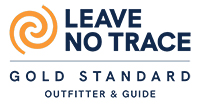


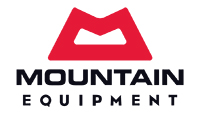
Content Copyright © 2025 of Golden Mountain Guides. All rights reserved. | Privacy Policy | Site Map